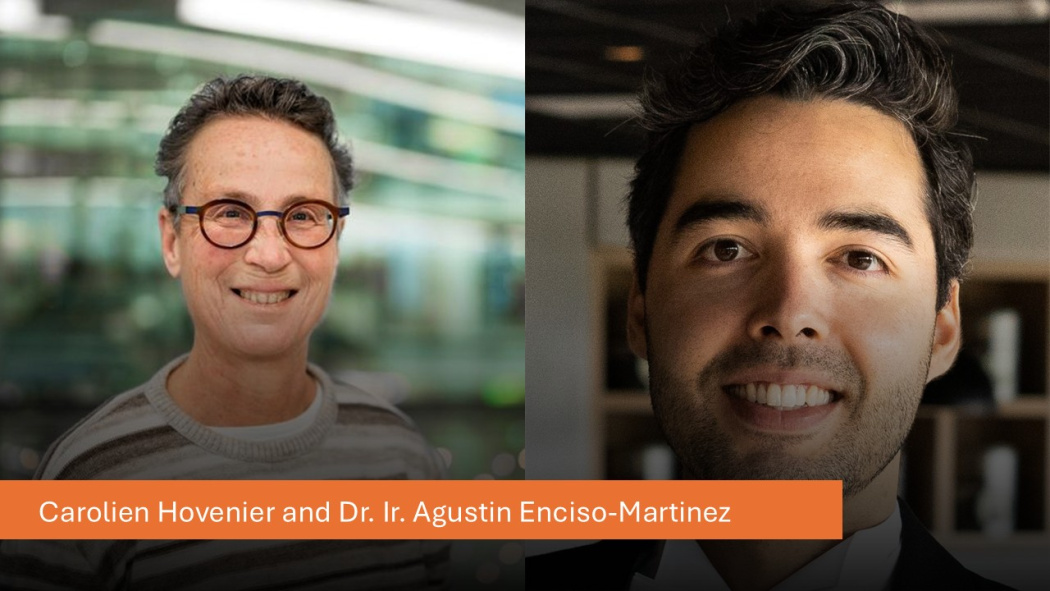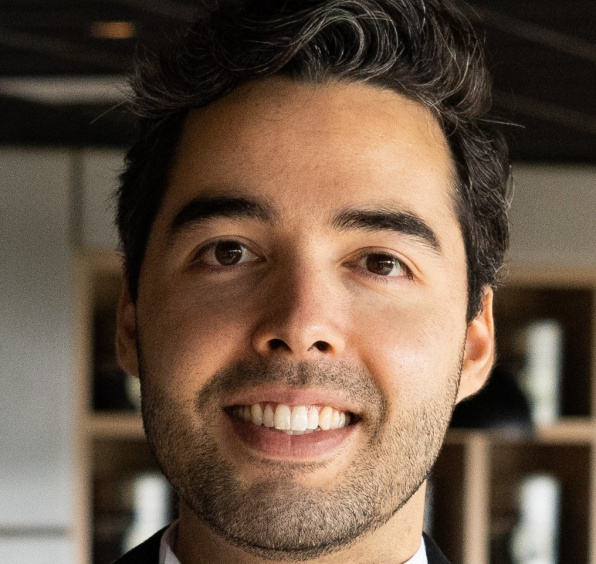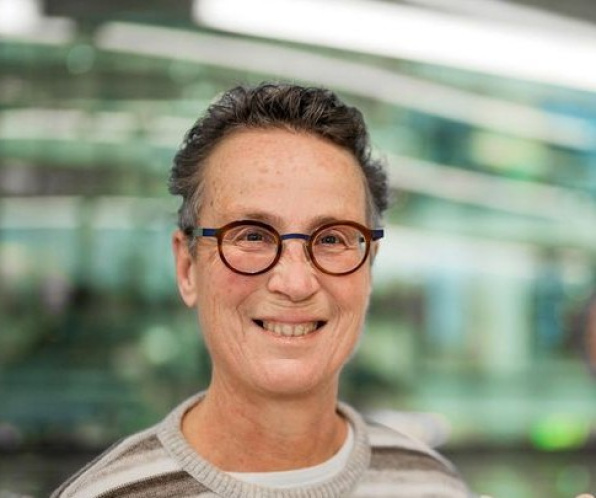Researchers from Oncode Institute have developed a promising method for identifying tumor markers, which could enhance early tumor detection and cancer treatment monitoring. This highlights the significance of patient interaction as an asset for researchers’ motivation.

All cells release small droplets of cellular material to communicate with other cells and remove unwanted substances. These extracellular vesicles reflect the composition of their parental cells. Tumor cells also produce these vesicles, which play a role in the spread of cancer throughout the body. But because there were no known specific markers on these tumor-derived extracellular vesicles (tdEVs), tracking them was a challenge.
Identifying tumor vesicles
Researchers from Oncode Institute, led by Agustin Enciso-Martinez, Oncode researcher at the ten Dijke lab, Department of Cell and Chemical Biology of Leiden and Amsterdam University Medical Centers, The Netherlands, have now discovered a marker that is nearly specific to tdEVs. That finding may serve as a stepping stone for other researchers to identify these vesicles in the bloodstream, thereby gathering information about the tumor and its characteristics in an early stage. [AE1]
The discovered marker on the tdEVs is a modification unique to tumor and placental tissue. By tagging this surface sugar protein with a fluorescent protein, Enciso-Martinez and his colleagues successfully identified tdEVs in lab-grown cancer cells, as well as the blood of patients with pancreatic cancer. Enciso-Martinez describes this advancement as a promising step toward early cancer detection and a deeper understanding of tumor growth and treatment resistance. “This promising technique could meaningfully improve the way we diagnose and monitor cancer across multiple tumor types"
Thinking outside the box
Enciso-Martinez emphasizes the importance of patient interaction in his research. “Engaging with patients brings our work closer to reality.” The Patient Perspective Program at Oncode Institute facilitates this collaboration, allowing researchers to gain insights into patient priorities and motivations. “Patients are our greatest motivation in cancer research and even aid us during grant writing. They enable us to think outside the box.”

Agustin Enciso-Martinez
“Patients are our greatest motivation in cancer research and even aid us during grant writing. They enable us to think outside the box.”
“Only 5% of people with pancreatic cancer are still alive after 5 years,” says Carolien Hovenier, patient advocate and member of the Patient Perspective Program of Oncode Institute. The relevance of Enciso Martinez’ research for patients is clear. “This is exactly why I decided to help Agustin with his grant proposal: by stressing the positive impact of his study on the lives of patients with pancreatic cancer for the reviewers of the grant. This research has the potential to increase the survival rate to 80%. That could be a major step forward in survival as well as quality of life for patients living with pancreatic cancer.”

Carolien Hovenier
"This research has the potential to increase the survival rate to 80%. That could be a major step forward in survival as well as quality of life for patients living with pancreatic cancer.”
Enciso-Martinez advocates collaboration between researchers and patients. “They need to be heard, and this is a way to learn about their priorities. While fundamental research does not always offer immediate solutions to medical problems, it plays a critical role in shaping long-term strategies for care. By engaging with patients early, we can ensure our work aligns with their needs over time.”
More information?
Read the article
Watch more